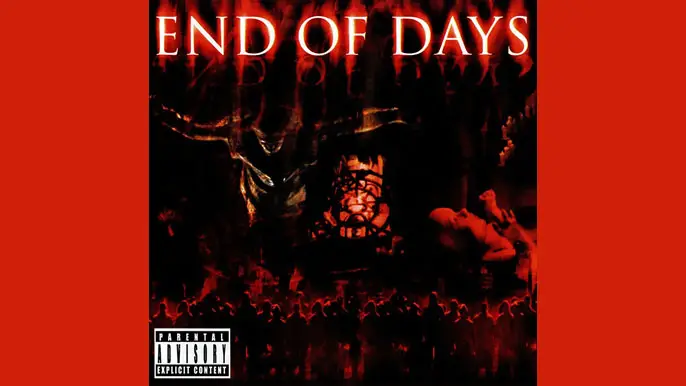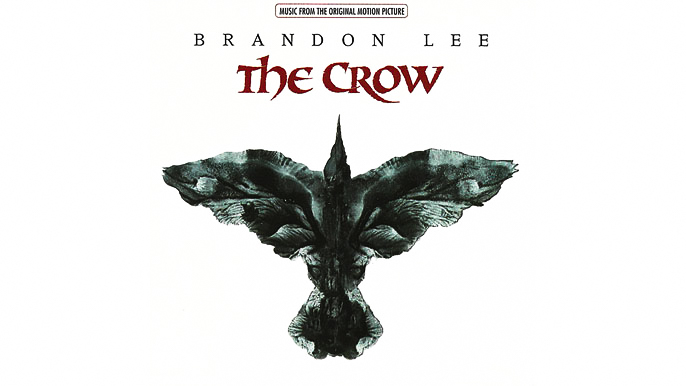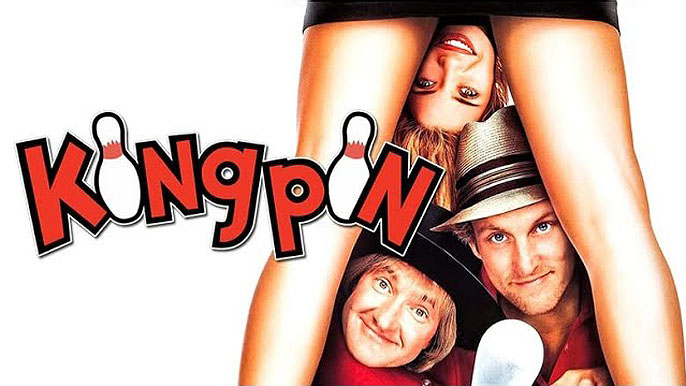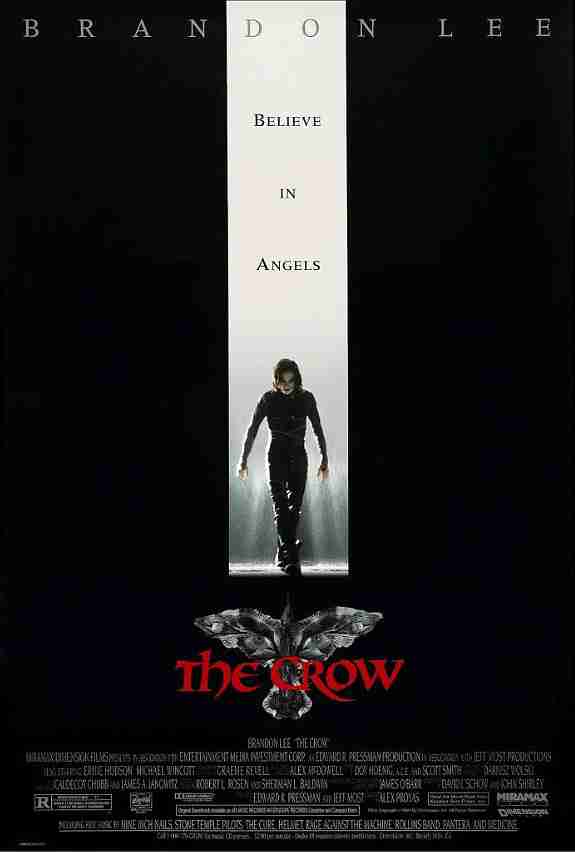
The Crow is a superhero film directed by Alex Proyas, written by David J. Schow and John Shirley, released on May 13, 1994. It stars Brandon Lee in his final film appearance as Eric Draven, a murdered musician who is resurrected to avenge his death and that of his fiancée.
The film is based on James O’Barr’s comic of the same name. Production on The Crow was struck by tragedy when Lee was fatally wounded during filming. As Lee had finished most of his scenes before his death, the film was completed through script rewrites, a stunt double, and digital effects.
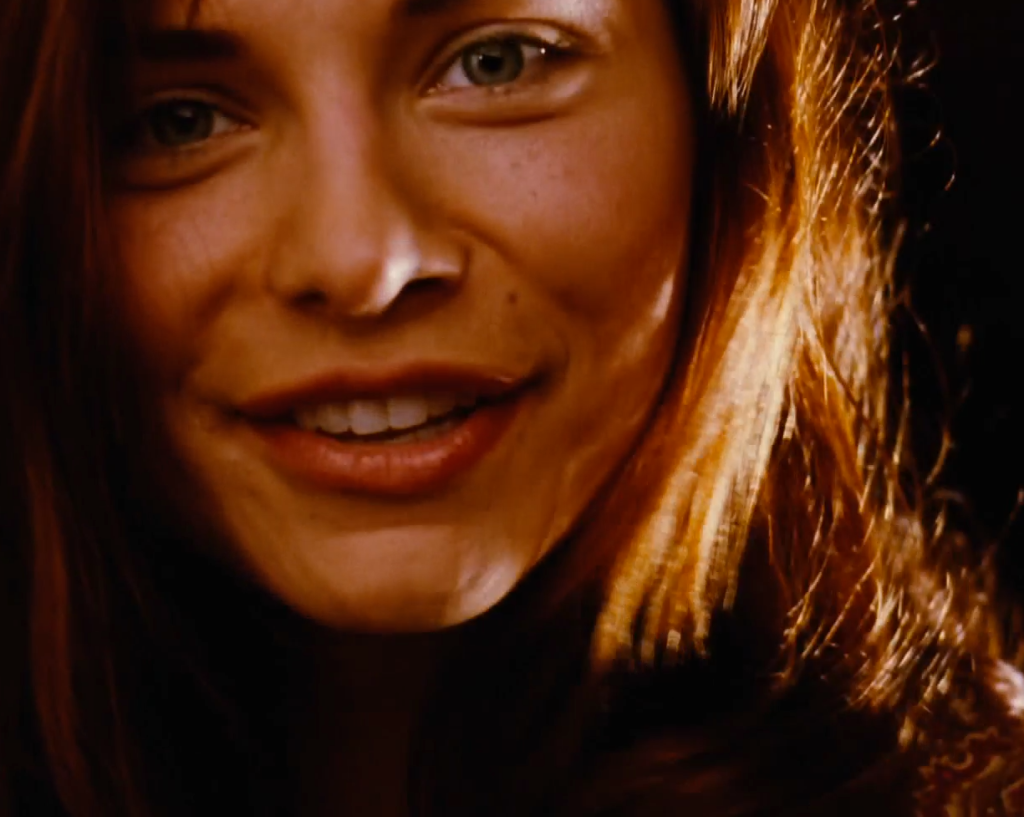
The Crow is dedicated to Lee and his fiancée, Eliza Hutton. After Lee‘s death, Paramount Pictures opted out of distributing the film and the rights were picked up by Miramax who oversaw The Crow‘s completion. The Crow received positive reviews from critics, who praised its tone, visuals, Dariusz Wolski‘s cinematography, the production design, and Lee‘s performance. It also grossed $94 million worldwide, on a $23 million budget, and has gained a strong cult following. The film’s success led to a media franchise that includes three sequels and a television series. The sequels, which mostly featured different characters and none of the original cast members, were unable to match the success of the first film.

James O’Barr wrote what would become The Crow as a means to cope with the sudden passing of his fiancée. Edward Pressman joined the film as producer and splatterpunk writer David J. Schow was brought in for rewrites.
Australian filmmaker Alex Proyas, known for his music video and commercial work, was hired to direct the film. Paramount Pictures picked up the distribution rights and slotted an August 1993 release date.
Brandon Lee was suggested to play Draven, but O’Barr was unconvinced fearing he wouldn’t be suited for the material. However, Lee won O’Barr over and was given the role shortly thereafter. On March 31, 1993, at EUE Screen Gems Studios in Wilmington, North Carolina, Lee was filming a scene where his character, Eric, is shot after witnessing the beating and rape of his fiancée.
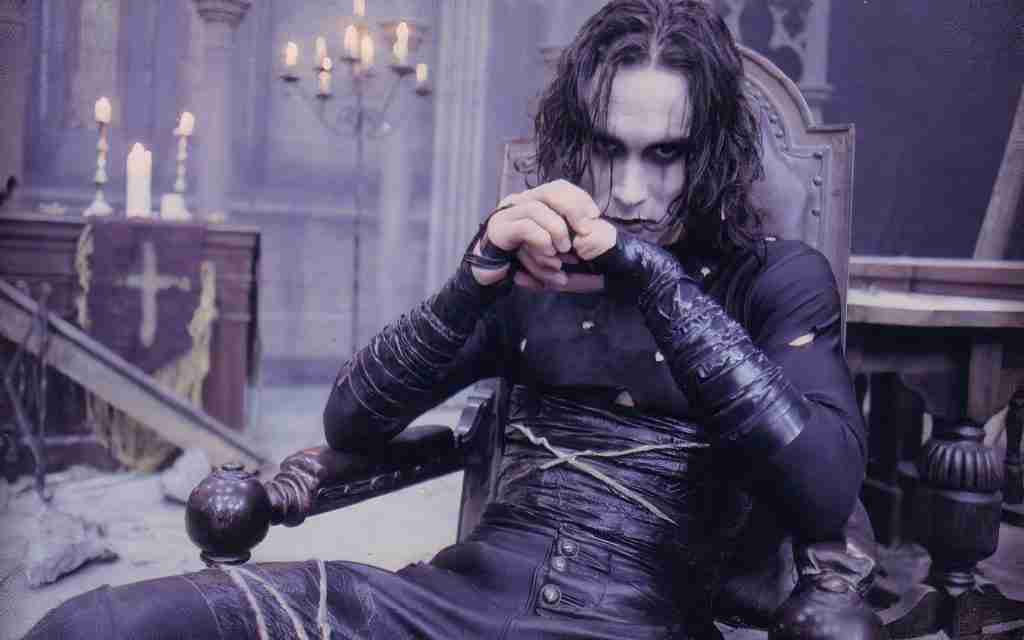
Actor Michael Massee‘s character Funboy fires a 44 Magnum Smith & Wesson Model 629 revolver at Lee as he walks into the room. A scene filmed two weeks before Lee‘s had called for the same gun to be shown in close up.
Revolvers often use dummy cartridges fitted with bullets, but no powder or primer, during close ups as they look more realistic than blank rounds which have no bullet. Instead of purchasing commercial dummy cartridges, the film’s prop crew, hampered by time and money constraints, created their own by pulling the bullets from live rounds, dumping the powder charge but not the primer, then reinserting the bullets.
Witnesses reported that two weeks before Lee‘s death they saw an unsupervised actor pulling the trigger on the gun while it was loaded with the powderless but primed round. Having not removed the primer, the primer could detonate with enough energy to launch a bullet and lodge it in the barrel.
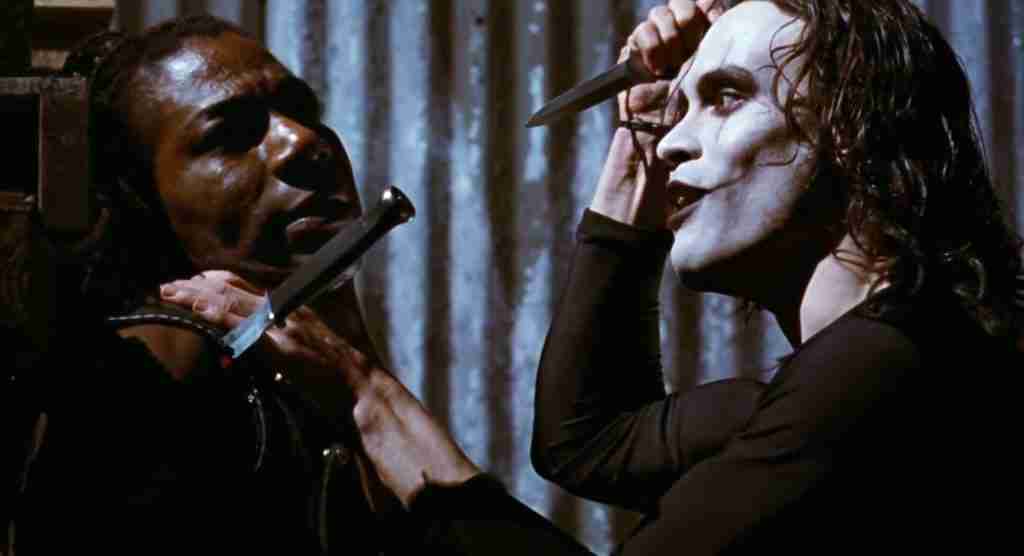
In the fatal scene, which called for the revolver to be actually fired at Lee from a distance of 12–15 feet, the dummy cartridges were exchanged for blank rounds, which feature a live powder charge and primer, but no bullet, thus allowing the gun to be fired without the risk of an actual projectile.
As the production company had sent the firearms specialist home early, responsibility for the guns was given to a prop assistant who was unaware of the rule for inspecting all firearms before and after any handling. Therefore, the barrel was not checked for obstructions when the time came to load it with the blank rounds.
Since the bullet from the dummy round was already trapped in the barrel, this caused the 44 Magnum bullet to be fired out of the barrel with virtually the same force as if the gun had been loaded with a live round, and it struck Lee in the abdomen, mortally wounding him.
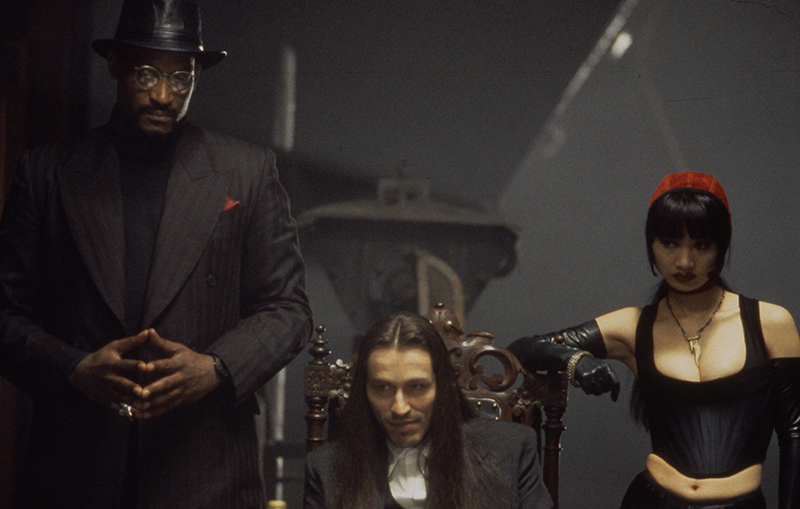
After Lee‘s death, the producers were faced with the decision of whether or not to continue with the film. Lee had completed most of his scenes for the film and was scheduled to shoot for only three more days.
The rest of the cast and crew, except for Ernie Hudson, whose brother in law had just died, stayed in Wilmington. Paramount Pictures, which was initially interested in distributing The Crow theatrically (originally a direct to video feature), opted out of involvement due to delays in filming and some controversy over the violent content being inappropriate given Lee‘s death.
However, Miramax picked it up with the intention of releasing it in theatres and injected a further $8 million to complete the production, taking its budget to approximately $23 million.
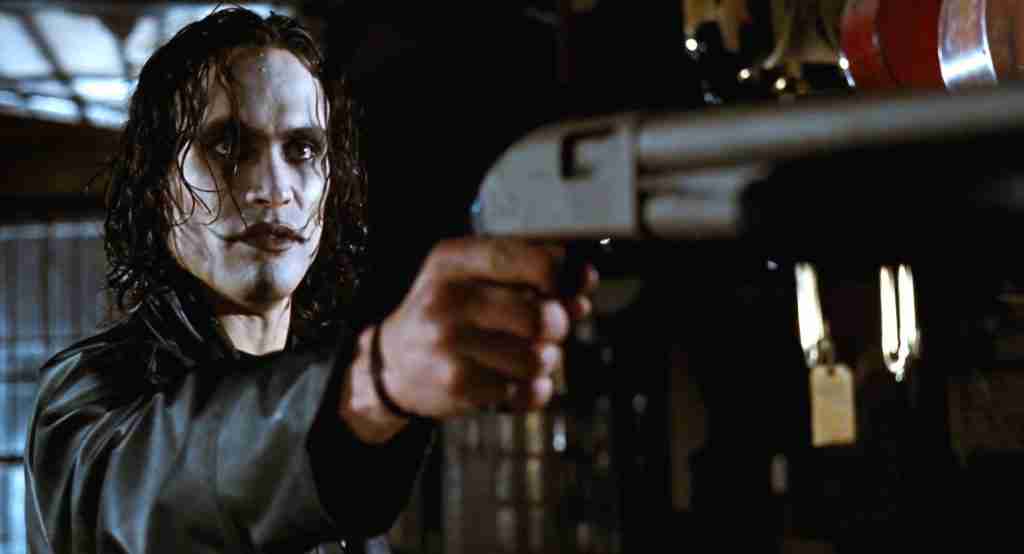
The cast and crew then took a break for script rewrites of the flashback scenes that had yet to be completed. The script was rewritten by Walon Green, Terry Hayes, René Balcer, and Michael S. Chernuchin, adding narration and new scenes.
Lee‘s stunt double Chad Stahelski was used as a stand-in and digital face replacement was used to superimpose Lee’s face onto the head of the double. The beginning of the movie, which had not been finished, was rewritten, and the apartment scene remade using computer graphics from an earlier scene of Lee.
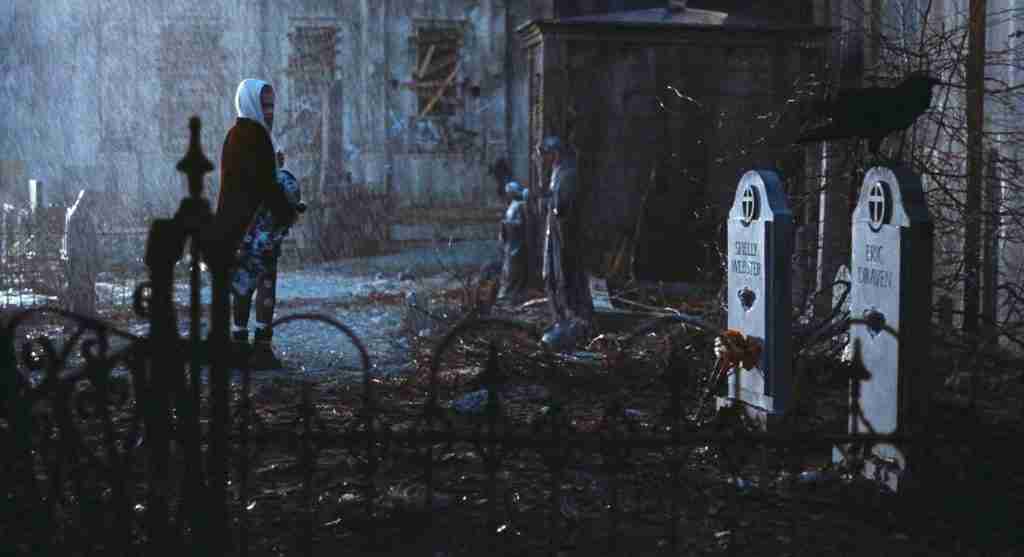
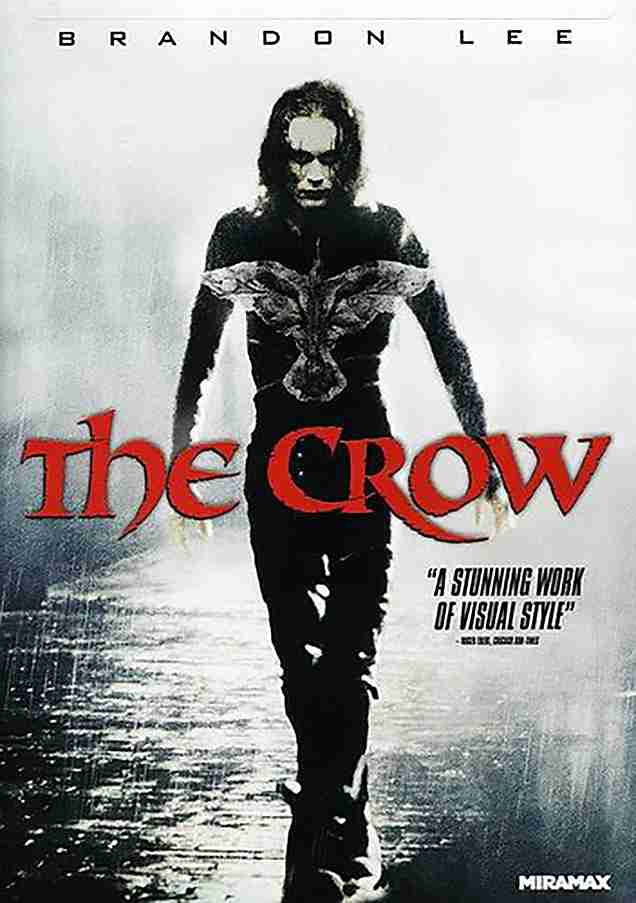
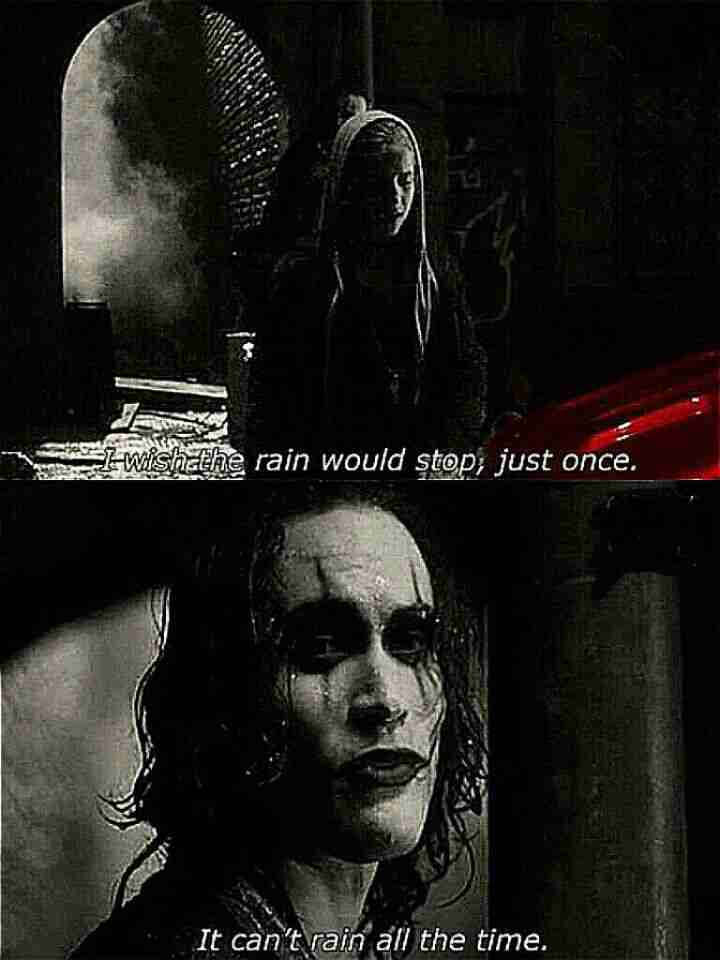
Brandon Bruce Lee (February 1, 1965 – March 31, 1993).
Main articles: The Crow: Original Motion Picture Soundtrack and The Crow: Original Motion Picture Score




